Chewing gum has long been marketed as a quick breath freshener or a stress-relief habit, but in recent decades, dental researchers have uncovered something surprising: chewing certain types of gum can actively help prevent cavities. While this may sound counterintuitive—after all, candy and gum are usually associated with tooth decay—the key lies in the formulation. Sugar-free gum, saliva stimulation, and specific oral health benefits create a compelling case for using gum as part of a modern cavity-prevention strategy.
This article explores the science behind sugar-free gum, how saliva protects your teeth, and the long-term oral health benefits of chewing gum—when done correctly.
Why Does Chewing Gum Affect Oral Health?
The primary mechanism behind gum’s dental benefits is simple: chewing stimulates saliva production. Saliva is one of the body’s most powerful natural defenses against cavities. When you chew gum, your salivary glands become more active, boosting saliva flow by up to 10 times the normal resting rate.
Increased saliva helps protect your teeth by:
- Neutralizing acids produced by bacteria
- Washing away food particles
- Providing essential minerals to strengthen enamel
- Lubricating tissues to reduce irritation
This natural process makes the mouth less hospitable to harmful bacteria and more capable of repairing early signs of demineralization.
But not all gum is beneficial—only sugar-free gum has proven oral health advantages.
Why Sugar-Free Gum Works—and Sugary Gum Doesn’t
The difference between helpful gum and harmful gum comes down to one ingredient: sugar.
Sugary Gum
When you chew gum containing sugar, oral bacteria feast on the sugars, producing acids as a byproduct. These acids attack enamel, increasing the risk of cavities and gum disease. Even if saliva production increases, the presence of sugar offsets any benefits.
Sugar-Free Gum
Sugar-free gum uses alternative sweeteners like:
- Xylitol
- Sorbitol
- Mannitol
- Aspartame
- Stevia
These sweeteners provide flavor without feeding oral bacteria. Some, like xylitol, even have antibacterial properties.
Xylitol is especially noteworthy because it disrupts the growth and metabolism of Streptococcus mutans, the primary bacteria responsible for cavities. Regular xylitol exposure weakens the bacteria’s ability to adhere to teeth and convert sugars into harmful acid.
This means sugar-free gum doesn’t just avoid harm—it can play a role in actively reducing cavity-causing bacteria.
How Saliva Protects Teeth From Cavities
Saliva is one of the most underrated components of oral health. Chewing gum is effective primarily because it boosts how much saliva your mouth produces.
1. Neutralizes Acids
After eating, the mouth becomes acidic, creating an environment that weakens enamel. Saliva contains bicarbonate, which neutralizes these acids and restores a healthier pH level.
2. Washes Away Debris
Food particles stuck between teeth or in crevices feed bacteria. Saliva helps rinse away these particles, reducing the fuel that bacteria need to thrive.
3. Strengthens Enamel Through Remineralization
Saliva delivers essential minerals like:
- Calcium
- Phosphate
- Fluoride (when present from toothpaste or water)
These minerals help rebuild areas of enamel that have experienced early demineralization—a process known as remineralization.
4. Supports a Balanced Oral Microbiome
A moist, well-lubricated mouth prevents harmful bacteria from overgrowing. Saliva forms a protective coating, improving tissue health throughout the mouth.
In people with dry mouth (xerostomia), cavity rates are significantly higher because saliva plays such a central protective role. For them, sugar-free gum can be especially beneficial.
Is Xylitol Chewing Gum Better Than Other Sugar-Free Gum?
While all sugar-free gums stimulate saliva, xylitol gum offers additional benefits backed by research.
How Xylitol Works
Xylitol disrupts the energy production cycle of S. mutans bacteria. When the bacteria absorb xylitol, they cannot metabolize it effectively, leading to energy starvation and eventual reduction in population.
Benefits of Xylitol Gum
- Reduces overall levels of decay-causing bacteria
- Lowers acid production in dental plaque
- Helps maintain a neutral oral pH
- Encourages remineralization
- Safe for long-term daily use
Is More Xylitol Better?
Most studies suggest a daily dose of 3–6 grams divided across several chewing sessions is ideal. Too little may not provide therapeutic benefits; too much may cause digestive discomfort.
Chewing Gum as a Post-Meal Oral Care Strategy
One of the best times to chew sugar-free gum is immediately after eating, especially if brushing is not possible.
Why Post-Meal Chewing Helps
After meals:
- The mouth becomes acidic
- Food particles remain lodged between teeth
- Bacteria become more active
Chewing gum for 10–20 minutes:
- Neutralizes acidity
- Increases saliva flow
- Cleanses the mouth
- Reduces plaque buildup
Many dental associations around the world endorse sugar-free gum as a supportive habit for cavity prevention between brushings.

Long-Term Benefits of Chewing Sugar-Free Gum
1. Lower Risk of Cavities
Multiple studies show consistent use of sugar-free gum can significantly reduce cavity incidence, especially with xylitol gum.
2. Strengthened Enamel Over Time
More frequent remineralization means enamel becomes stronger and more resistant.
3. Reduced Dry Mouth Symptoms
People with reduced salivary flow—due to medication, aging, or medical conditions—often rely on gum to maintain moisture.
4. Fresher Breath
Saliva helps eliminate sulfur compounds responsible for bad breath.
5. Reduced Plaque Accumulation
While gum does not replace brushing, it helps control plaque formation, keeping surfaces cleaner between oral hygiene sessions.
6. Better Oral Microbiome Health
Long-term use of xylitol gum promotes a healthier bacterial balance that supports sustained dental health.
Does Chewing Gum Replace Brushing or Flossing?
No. Absolutely not.
Chewing gum is a supportive tool—not a substitute.
It cannot remove plaque, clean between teeth, or substitute for brushing with fluoride toothpaste.
Think of gum as:
- A reinforcement between meals
- A protective measure during the day
- A supplement for saliva-stimulating therapy
But it must be combined with standard oral hygiene practices.
Are There Risks or Side Effects?
While sugar-free gum is generally safe, a few considerations apply.
1. Jaw Pain or TMJ Issues
Extensive chewing may worsen symptoms for those with temporomandibular disorders.
2. Digestive Discomfort
Sugar alcohols like xylitol or sorbitol can cause bloating or diarrhea if consumed in large amounts.
3. Orthodontic Concerns
Traditional advice discouraged gum during braces, but many orthodontists today allow sugar-free gum, as it may reduce discomfort and help saliva flow—just verify with your provider.
4. Dental Work
Sticky gum may loosen weak fillings or temporary crowns. Use caution.
How to Choose the Right Sugar-Free Gum
Look for gum that includes:
Best Ingredients
- Xylitol (optimal for cavity prevention)
- Sorbitol (good for saliva stimulation)
- Low-calorie sweeteners like stevia or aspartame
Avoid
- Sugary gum
- Highly sticky gums that pull dental work
- Artificial dyes if you have sensitivities
Flavor Considerations
Mint is ideal because it:
- Freshens breath
- Encourages longer chewing
- Often contains higher xylitol concentrations
How Often Should You Chew Gum for Dental Benefits?
For optimal oral health benefits:
- 10–20 minutes after meals
- 2–3 times per day
If using xylitol gum therapeutically:
- Space out doses (e.g., morning, midday, night)
- Aim for 3–6 grams of xylitol total per day
Consistency matters more than intensity.
The Final Verdict: Can Chewing Gum Prevent Cavities?
Yes—sugar-free gum, especially xylitol gum, plays a scientifically supported role in cavity prevention.
By stimulating saliva, neutralizing acids, removing food debris, and strengthening enamel, sugar-free chewing becomes a powerful ally in modern oral care routines. While it cannot replace brushing or flossing, it offers real, measurable benefits—particularly between meals and for individuals prone to dry mouth.
Embracing sugar-free gum is an easy, convenient, and enjoyable way to support your long-term dental health.

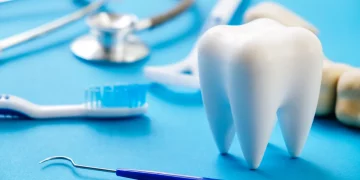



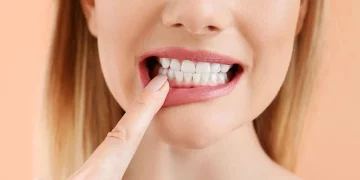
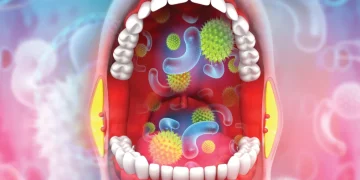
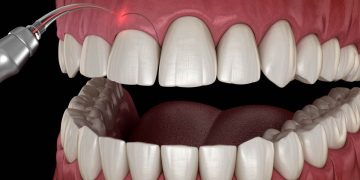
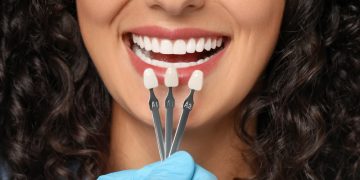
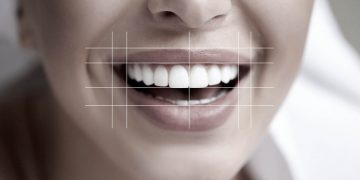
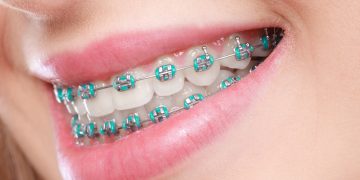

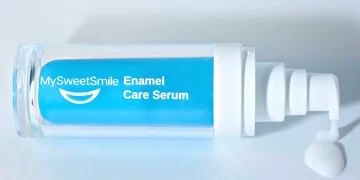


















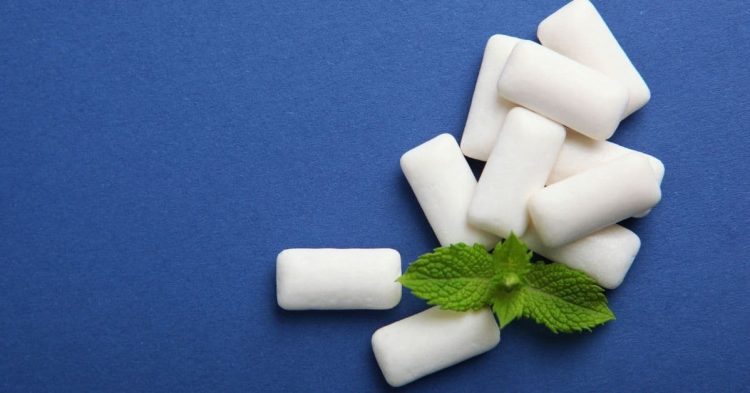













Discussion about this post